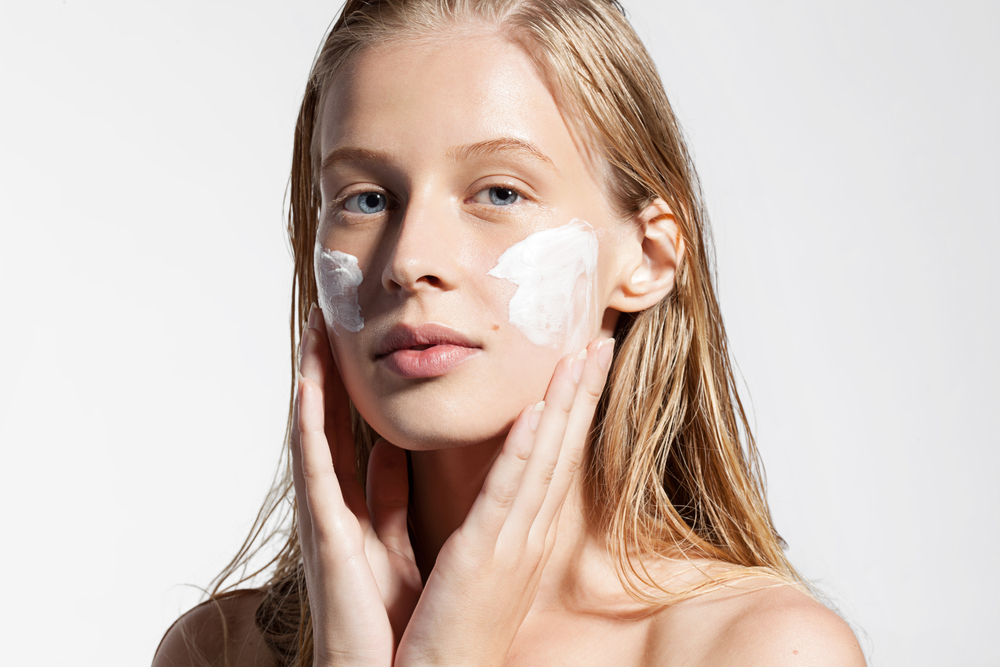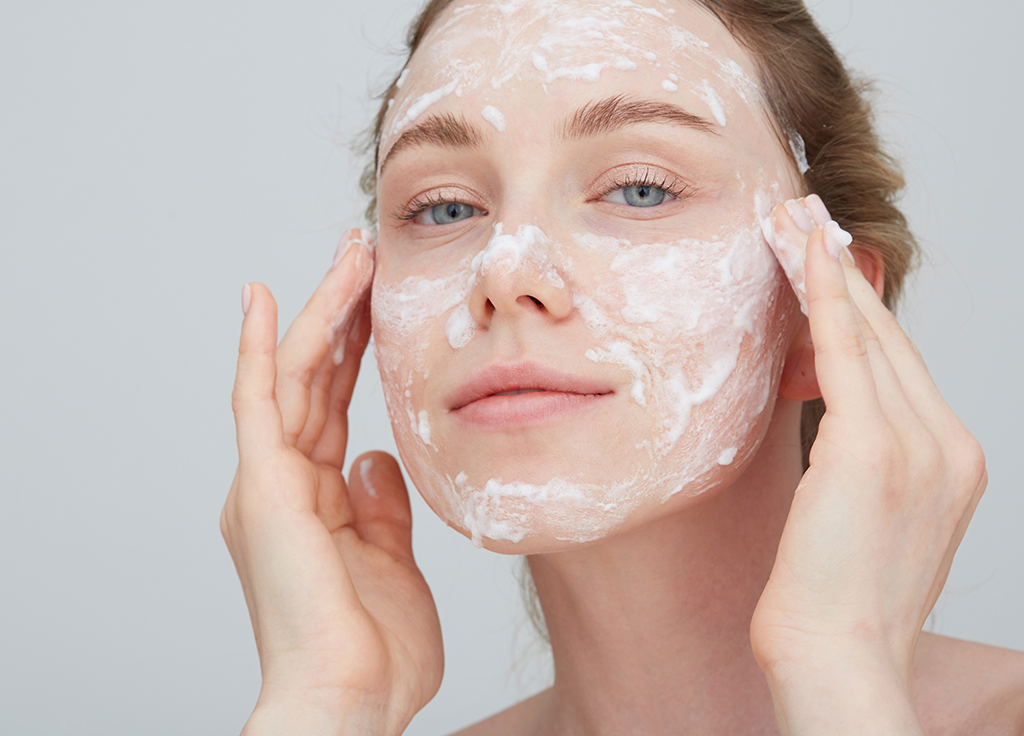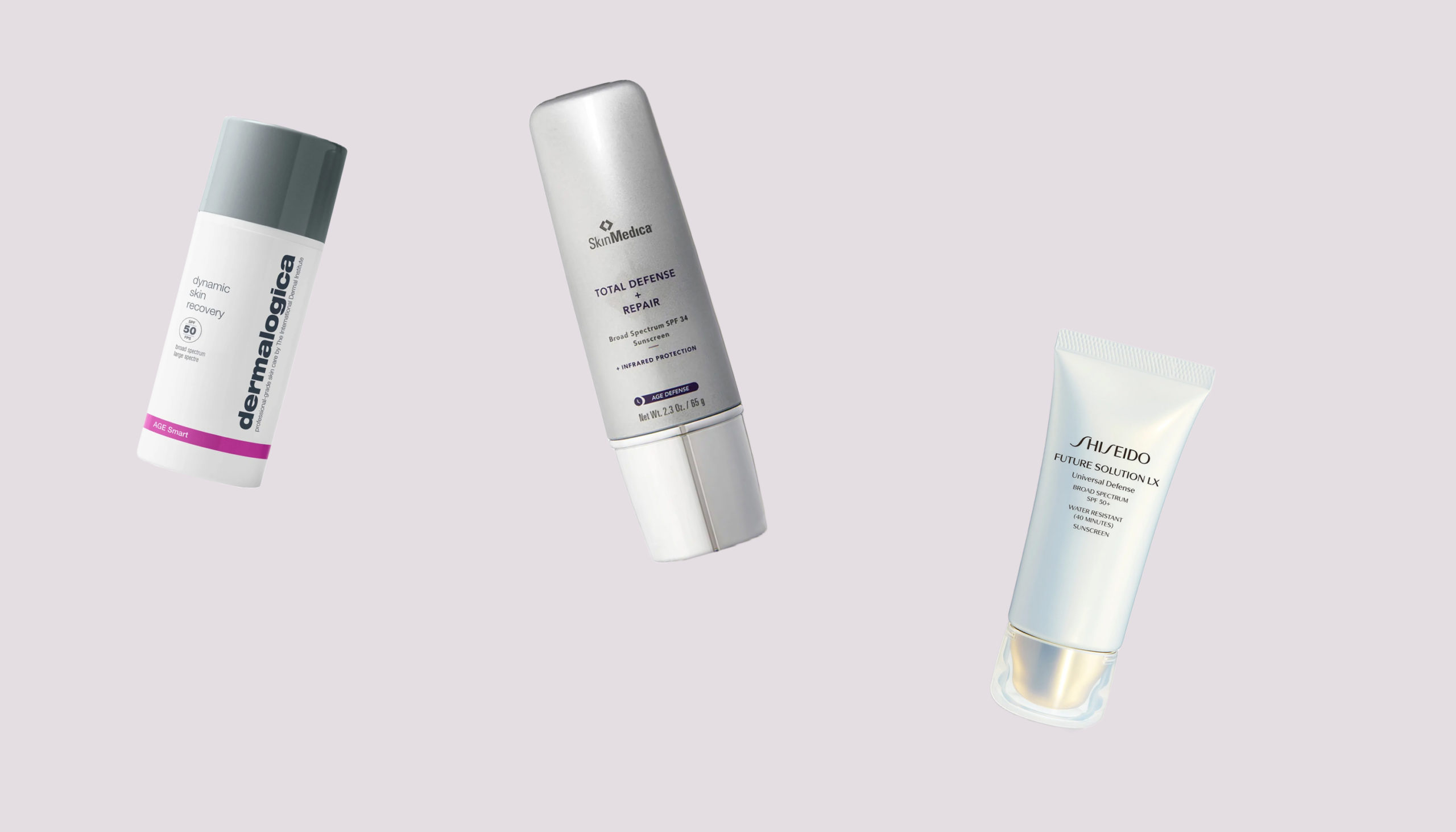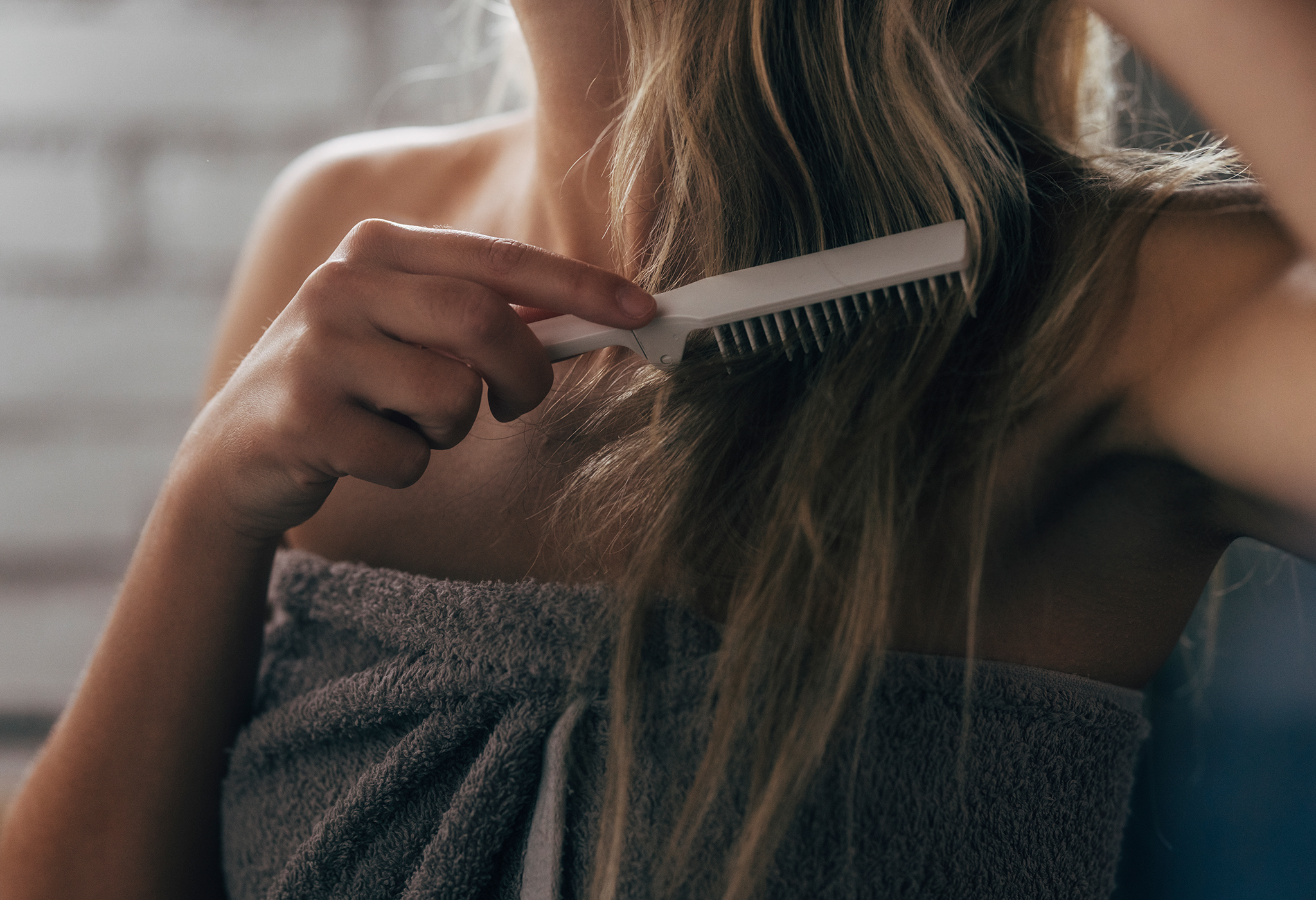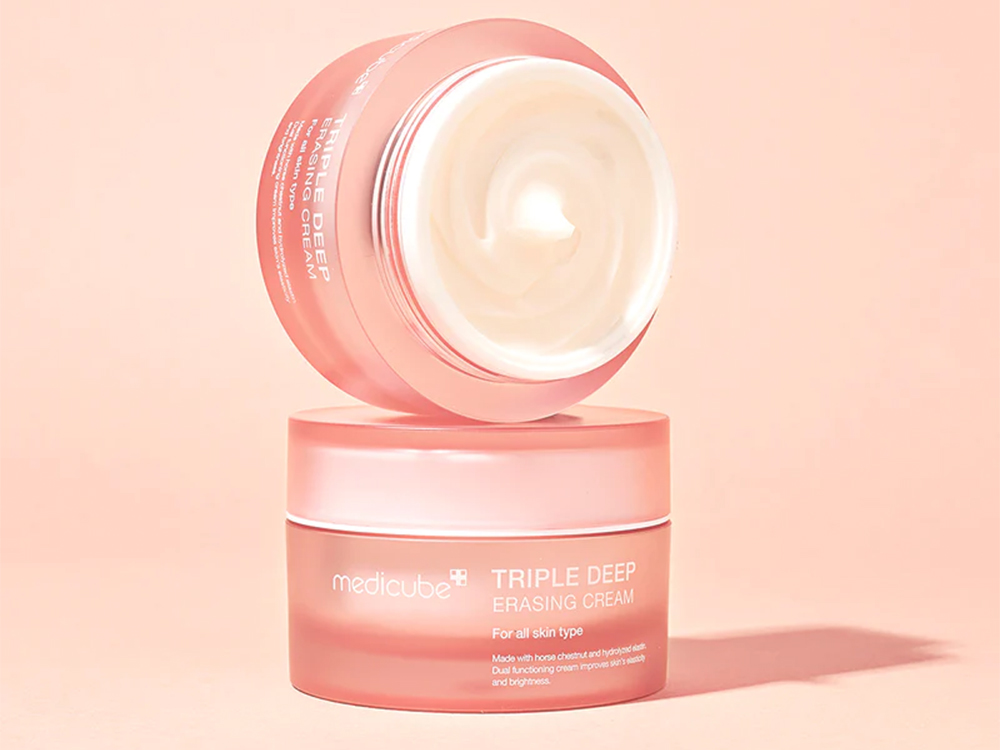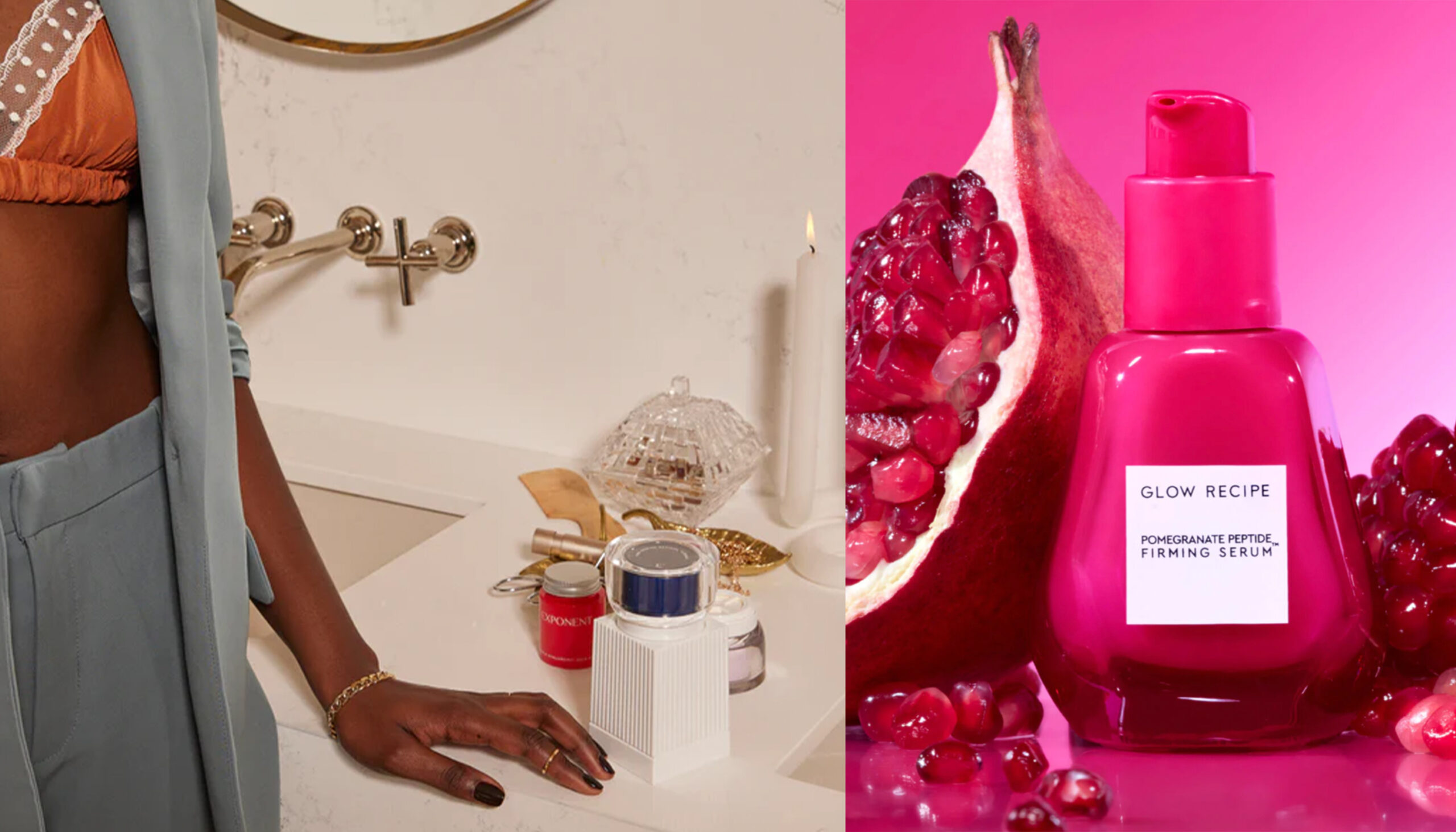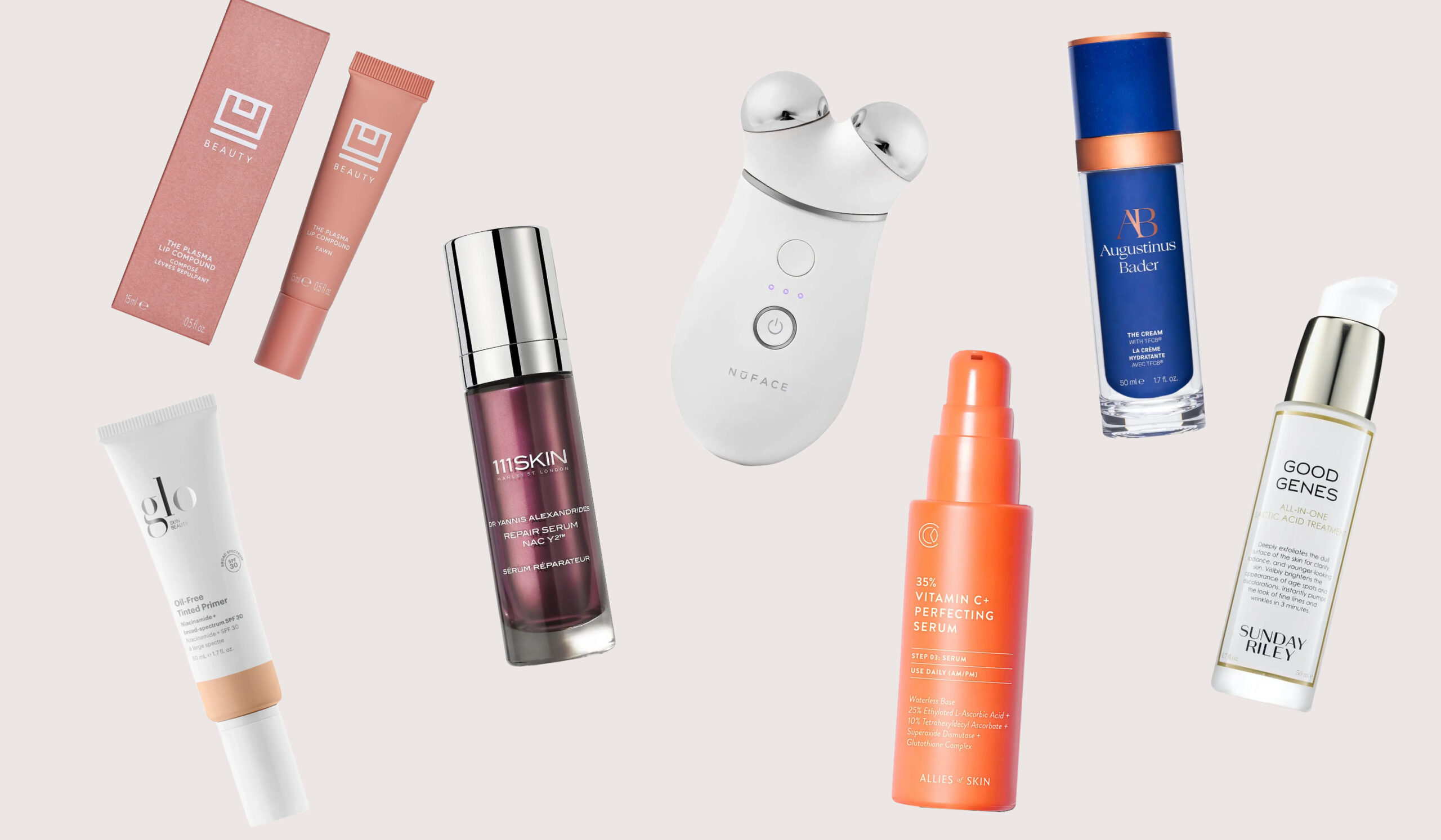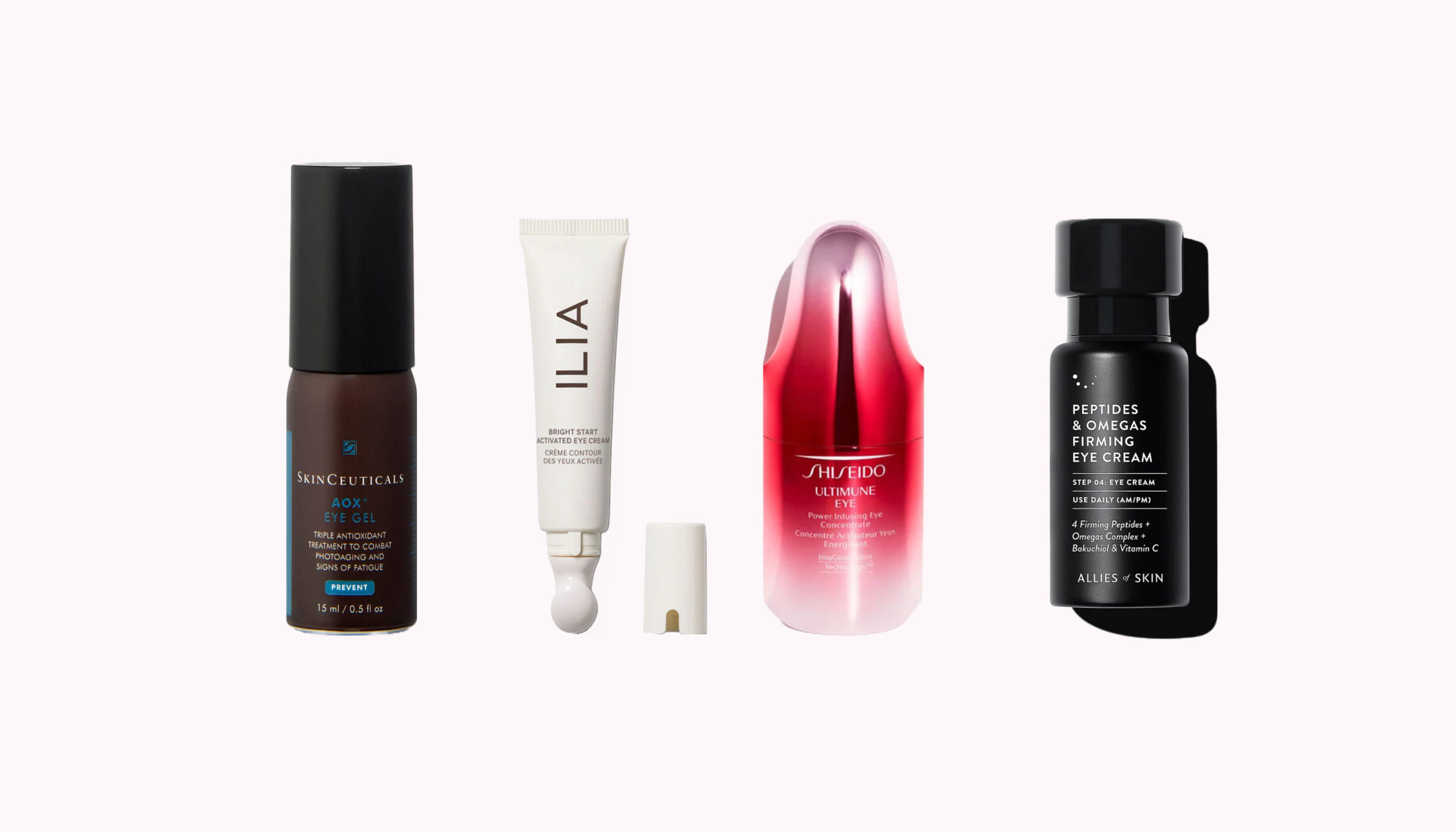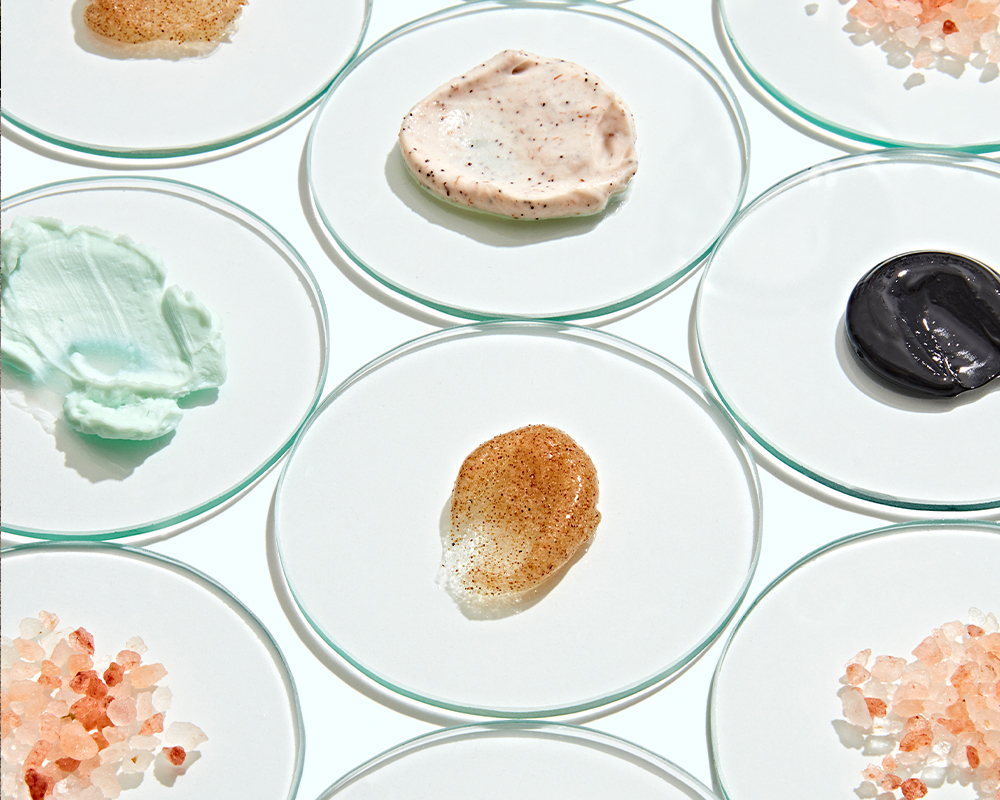They are known as the skin care saviors that sometimes get a bad rap. But in reality, chemicals peels, which range in intensity from light to deep, do so much more than what most people think. Mount Kisco, NY, dermatologist David Bank, MD, says that chemical peels offer a bevy skin benefits (especially when they’re used on the face, hands, neck and chest) like reducing the appearance of fine lines and wrinkles, evening out skin color to brighten the complexion and exfoliating skin to treat acne scars and sun damage. But, here’s what really happens to your skin when you get a chemical peel.
No matter what type of acid, be it an alphahydroxy acid (AHA) like glycolic or lactic acid, salicylic acid (Virginia Peandro, director of global marketing and product development for SkinCeuticals, says salicylic acid is effective for targeting clearing up congested pores), or stronger tricholoracteic acid, is used on your skin, they all are applied in such a way so that the actives are delivered into your skin, working on either the superficial layers (this is the case with AHAs and other light acids) or deeper into the middle layer of the dermis to remove damaged skin. From there, the acids go to work to refresh and rejuvenate your skin by exfoliating away damaged skin cells. “With something like a tricholoracetic acid (TCA) peel, there’s a dramatic improvement in the skin because lines, age spots and scars will have been reduced in appearance,” says Dr. Bank.
You May Also Like: The Active Ingredients That Go Deepest Into Your Skin
Once the peel is put on your skin, it can stay on for a few minutes or a bit longer. You may feel some stinging, burning or discomfort during a peel (the stronger the peel, the more you may feel), which means the acids are working their magic. This can last until the peel is neutralized (some peels are self-neutralizing), which can happen in a few seconds or a few minutes. The whole process from start to finish can take, on average, one to 10 minutes.
In the coming hours and days following a peel, skin redness and peeling can occur, too. Peandro says the response to a peel is based on both the peel itself and your skin. “Peels can differ in strength and composition and skin types can react differently to any given peel. The type of acid used, the percentage and the concentration all determine the levels of sensitivity.” The deeper and stronger peels exfoliate multiple skin layers, temporarily leaving the skin red, scaly and peeling, and even with a tight or swollen feeling. “Some peels, like glycolic and lactic acid types, are known to be more hydrating, so there’s less redness and dryness,” says Dr. Bank.
Once your skin has healed from any redness and peeling, you’re left with skin that’s smooth, clear and radiant with less noticeable pores and better skin tone—your skin is pretty much flawless.
